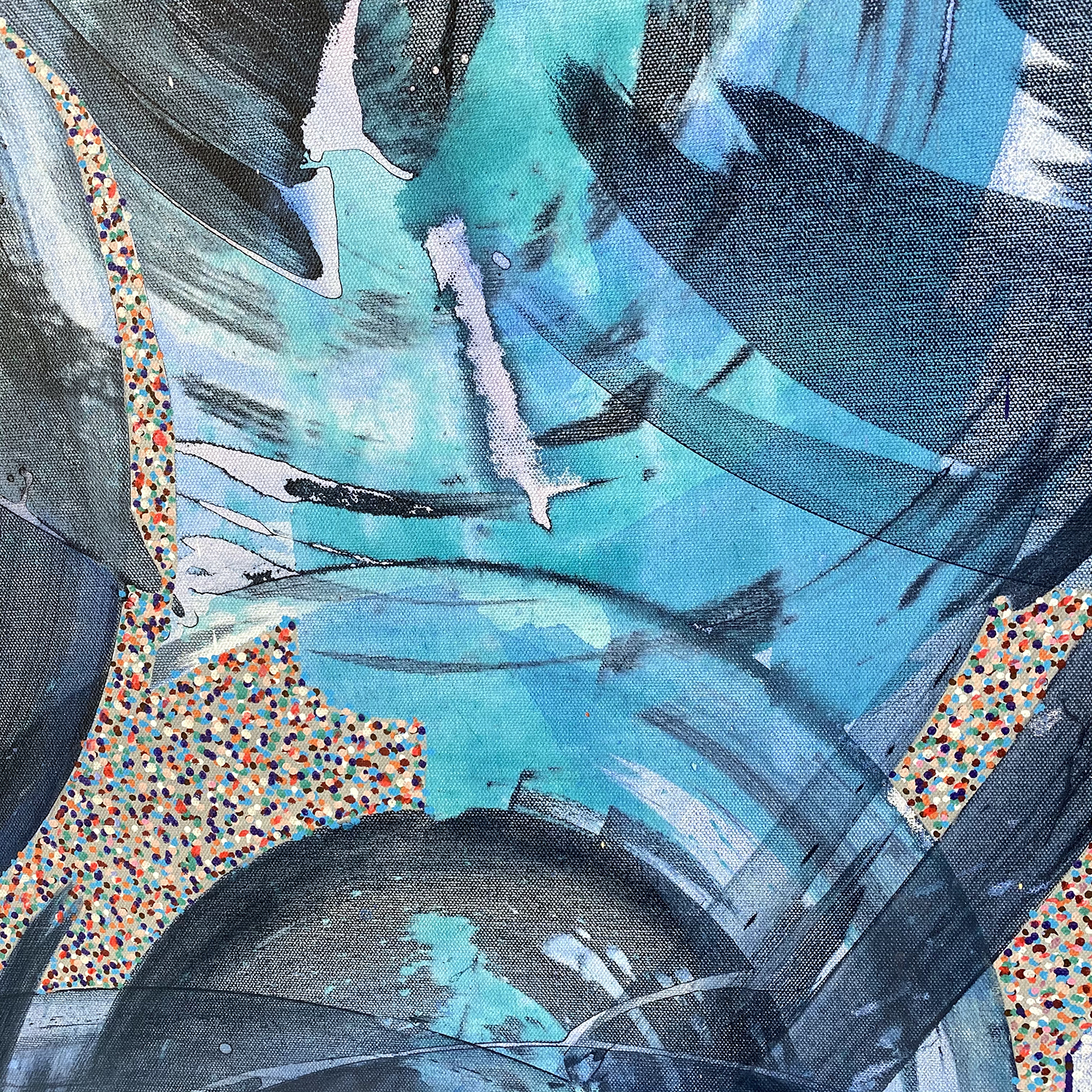What is Expressionism Art? Definition, Artists, & Examples

Expressionism is a modernist art movement that arose in the early 20th century and is distinguished by its aggressive and emotive approach to painting. This movement was a reaction to the quickly changing world around artists, as well as a desire to depart from the past’s standard techniques and styles. Expressionist artists strove to convey their inner emotions and thoughts via their works, frequently using distorted forms, vibrant colors, and vigorous brushstrokes to establish their own visual language. This art style is commonly regarded as one of the earliest true modern art trends, and it has had a lasting impact on the art and popular culture worlds. This article will examine the definition of Expressionism, as well as its beginnings, important artists, and representative works.
Related Link: Top Resources for San Diego Artists
Definition of Expressionism
Expressionism is characterized by the use of strong and intense colors, distorted forms, and exaggerated lines to represent the emotions, inner turmoil, and subjective perspective of the artist. This art form is commonly associated with the emergence of abstraction and Surrealism and is viewed as a reaction to the suppression of individual impulses and the prevailing conformist mentality of the period.
Looking for art to add to your collection? Visit Sparks Gallery.
Origins of Expressionism

Expressionism may be traced back to the nineteenth century, when artists such as Edvard Munch and James Ensor began experimenting with color and form to portray their innermost emotions. In the early 20th century, the movement continued to gain momentum, particularly in Germany, where it was inspired by the prevailing social and political environment. Expressionism was profoundly influenced by the First World War, as artists sought to communicate their feelings about the violence and destruction around them.
Notable Expressionism Artists
Egon Schiele
Egon Schiele, an Austrian painter and draftsman, is one of the most renowned Expressionist artists. The European avant-garde movement had a significant impact on Schiele’s dramatic and frequently frightening self-portraits and nudities. 1905 saw the formation of the German Expressionist group Die Brücke, which comprised artists such as Emil Nolde and Wassily Kandinsky. Schiele’s works are remarkable for their emotional intensity and raw energy, which made them a powerful protest against the suppression of individual emotions and the prevailing conformist views of the time.
Emil Nolde
Emil Nolde, a German painter and printer, is another important Expressionist artist. Nolde was renowned for his vivid use of color and creative landscapes and is regarded as one of the foremost Expressionist artists. He was a member of the German Expressionist group Die Brücke, and his paintings frequently depicted emotionally charged landscapes and figures of great force. Nolde’s works are regarded as some of the most significant Expressionist works, and his use of color and shape continues to influence contemporary painters.
Oskar Kokoschka
Oskar Kokoschka, an Austrian painter and writer, is another well-known Expressionist painter and dramatist. Kokoschka was renowned for his inventive and colorful portraits, which were frequently packed with tremendous emotion and symbolic imagery. He was also a member of the German Expressionist group Die Brücke, and the European avant-garde greatly inspired his works. Kokoschka’s techniques are regarded as among the most potent and passionate instances of Expressionism.
Related Link: Buying Art for Beginners: Tips & Myths
Expressionism Works as Examples
As a result of their emotional and subjective nature, expressionist works of art can take many various shapes. Expressionist paintings, drawings, sculptures, and prints are some of the most well-known and recognized works of art. Here are a few examples of widely recognized masterpieces by Expressionist artists:
The Scream by Edvard Munch (1893) – This iconic picture is frequently recognized as one of the most well-known Expressionist works. It depicts a figure standing on a bridge, howling in agony and surrounded by a spooky sky that flows in a serpentine pattern. The Scream demonstrates Munch’s inner struggle and desire to portray his emotional state via painting.
Dora Maar au Chat (1941) by Pablo Picasso – This portrait of Dora Maar, Picasso’s muse and photographer, is representative of the artist’s Expressionist approach during the war years. Dora Maar’s exaggerated and distorted face features reflect the severe emotional anguish prevalent throughout this particular period.
Winter Moonlit Night (1919) by Ernst Ludwig Kirchner is a captivating artwork offering a glimpse into the artist’s personal refuge in the Swiss Alps. Inspired by the beauty of his surroundings, Kirchner and his fellow Expressionists revitalized printmaking, particularly woodcuts, which echoed the physicality involved in carving and gouging the woodblock. The painting portrays the serene blue glow of the mountains against trees and a red sky, harmoniously blending color and form. After enduring a period of mental and physical hardship during World War I, Kirchner sought solace and redemption in nature, making it a central theme in his artistic journey.
These are only a few examples of expressionist paintings that have withstood the test of time and are still praised by art enthusiasts and critics. Expressionist art is distinguished by its bold and vivid use of color and emotional intensity, and these works continue to attract and challenge viewers.
Want to rent a space to show off your art? Check out Sparks Gallery.
Expressionism was an important artistic movement that had a significant impact on the art world and continues to affect contemporary artists. Expressionist artists used intense colors, warped forms, and exaggerated lines to depict their innermost emotions and reactions to the external environment. This movement exemplifies the necessity of allowing artists to freely express their emotions and viewpoints, as well as the power of individual expression.
Interested in seeing how this significant art style has influenced artists today? Sparks Gallery exhibits and sells contemporary Expressionist artwork made by local Southern California artists.
Related Link: How Does Fine Art Appraisal Work? (Why You Need Them)

